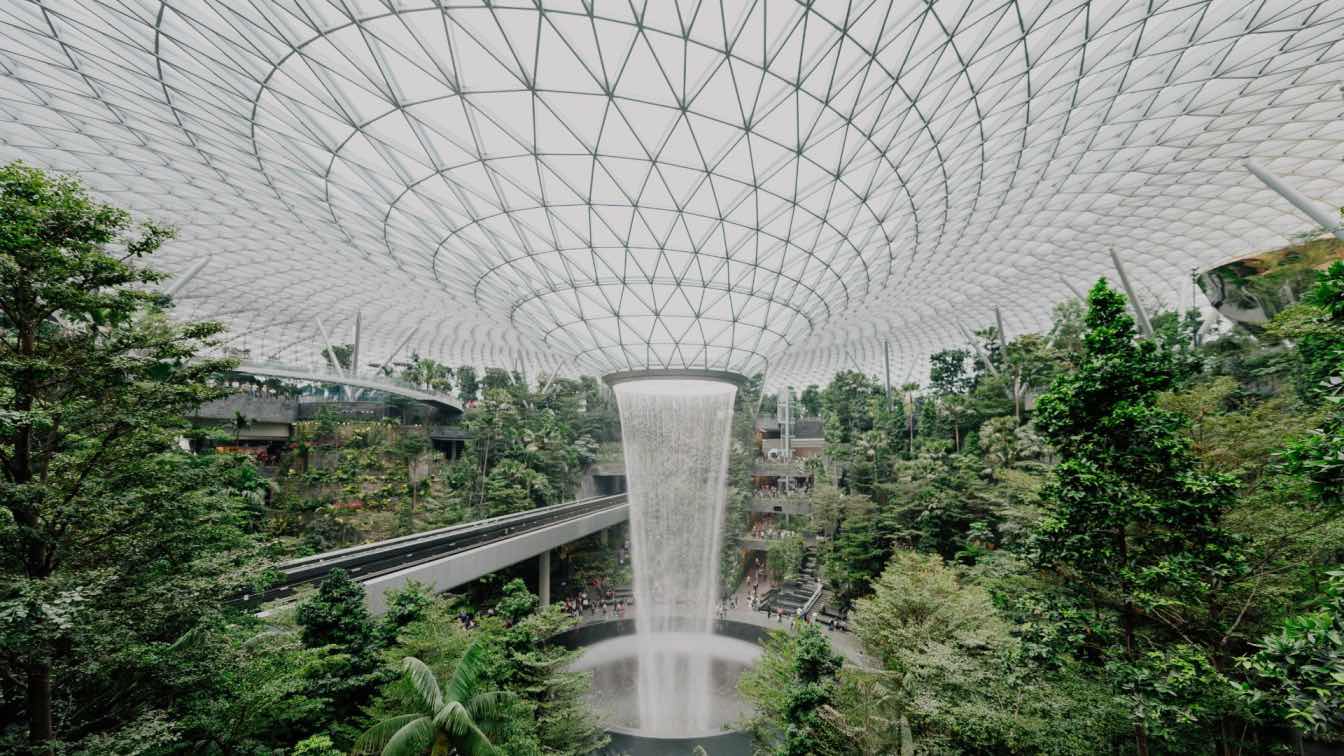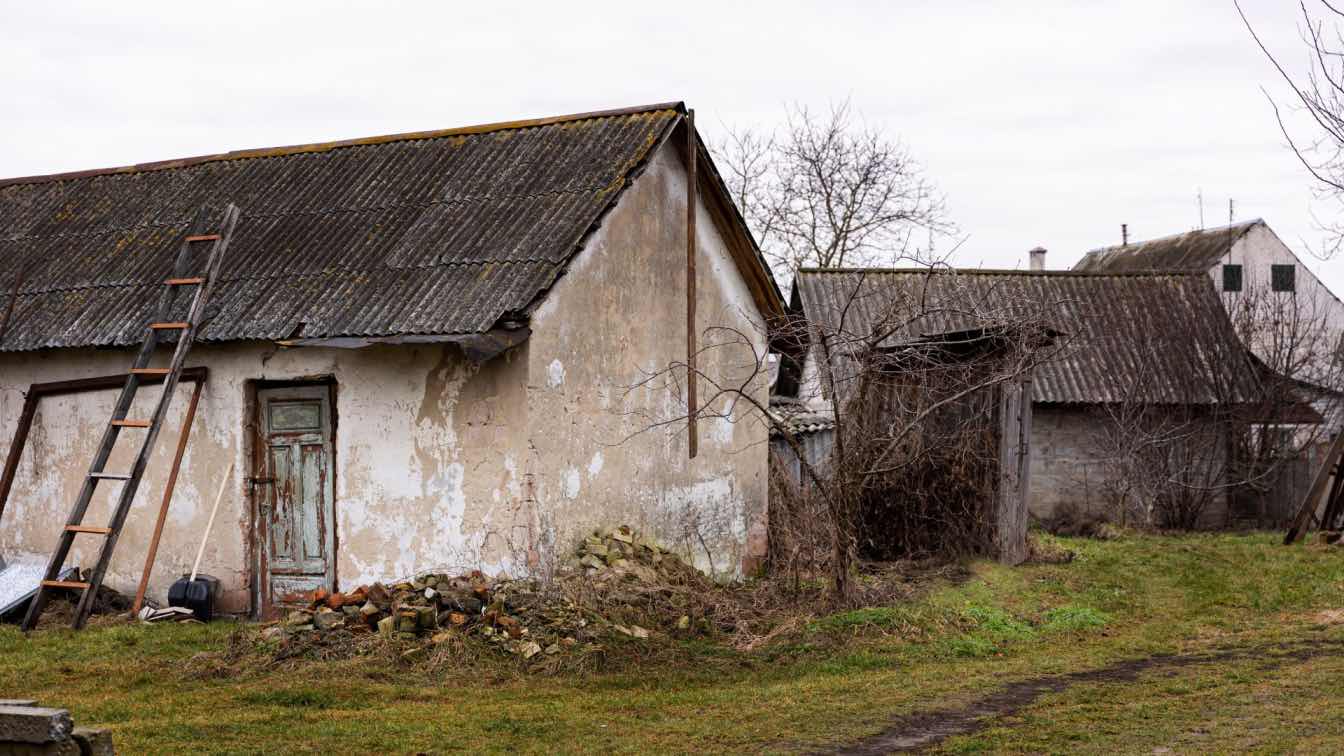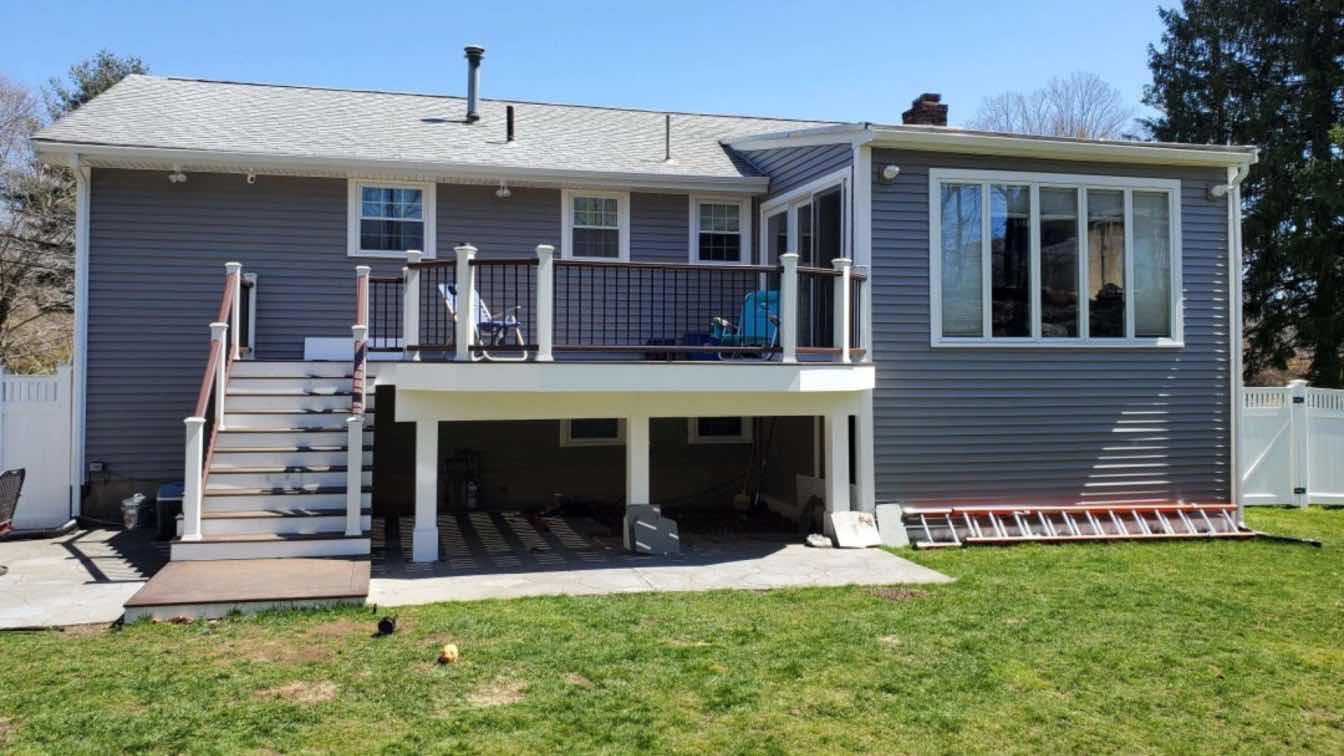Now more than ever, precision is the key to sustainability.
This applies to smart data centers and factories using artificial intelligence to optimize energy consumption, solar and wind farms performing a synchronized dance with the elements each day, and sustainable buildings leveraging precise specifications to turn lofty design aspirations into reality.
The creators of the world’s most elegant and functional structures realize the biggest sustainability gains don’t come from design flair – they are hidden in the spec sheets. Understanding and leveraging this important concept is essential for impactful designers and builders.
Design Ambition Meets Spec Reality
Builders and architects striving to set visionary goals related to material usage, water efficiency, and indoor environmental quality often look to rating systems like LEED or BREEAM for guidance. However, many projects lose momentum when sustainability goals are not anchored by rigorous construction specifications to ensure strategies are embedded in the long-term plan. Simply put, without defined specs, there is nothing to optimize.
Detailed specifications turn intent into traceable performance by:
1. Mandating the use of eco-friendly materials like reclaimed wood, bamboo, and ashcrete.
2. Ensuring the successful integration of water efficiency features such as low-flow fixtures and rainwater harvesting systems.
3. Defining complex insulation, HVAC, and passive solar elements that significantly reduce a building’s energy consumption.
4. Identifying materials and designs with durability, longevity, and recyclability in mind.
The benefits apply to any project, regardless of the sustainability or certification goals, as they ensure compliance with the energy codes of each region or city, and link overall project limits for volatile organic compounds (VOCs) and other factors to each individual component or performance specification.
What Defines a Green Specification?
Green construction specifications are the detailed guidelines and requirements that combine to minimize the environmental impact of a building from inception through demolition, and all stages in between. The line dividing green rating systems and specifications becomes clear when you consider the broader application of the latter.
Detailed green specifications in construction shift the focus to:
1. Product lifecycle data that quantifies the environmental impact of design and material choices throughout a building’s lifespan.
2. Reuse criteria to define what materials and constructed elements can be repurposed for future projects.
3. Carbon benchmarks that quantify the carbon footprint relative to industry standards and other projects.
Proprietary specifications are the communication mode of choice for architects and consultants recommending known green products and manufacturers that meet pre-set criteria for sustainability and material longevity, while leaving no wiggle room for sub-standard alternatives.
Digitally-Driven Discipline
The flow down from high-level green objectives into thousands of individual specifications would not be possible without advanced specification software tools that promote accountability and transparency. These tools integrate design and documentation processes while providing access to volumes of pre-vetted information and data. This streamlines material selection and collaboration processes across trade silos while assuring compliance with industry standards.
Not all green metrics can be applied equally across building types and geographies, so the sustainability checklists associated with certification programs can be discouraging to clients and designers who want to think outside the box. The best specification management software gives new meaning to the “checkbox sustainability” by allowing users to manually select Division 1 options linked to downstream documentation, material selection, and installation processes.
When Precision Pays Off
The builders and architects behind notoriously efficient and environmentally friendly structures like the Bullitt Center in Seattle, SCGZero+ in Shanghai, and The Edge Building in Amsterdam did not achieve their elusive net-zero performance by accident. These buildings utilized a careful analysis of thermal properties (U-values), reflection, and embodied carbon that covered each individual component and design element specification.
On the other hand, poor planning, “greenwashing” for the sake of publicity or client expectations, or inattention to overarching design objectives can have the opposite effect. Building projects lacking specification rigor may fail to qualify for LEED or BREEAM certification, but more importantly, will contribute to a new cycle of waste, inefficiency, and resource depletion that continues for decades.
Specifications at the Heart of the Green Transformation
Sustainable building practices are not all about ‘saving trees’ – they also preserve family trees by leaving a better world for future generations. With the construction industry responsible for a significant portion of global carbon emissions, green building and architectural practices are among the few reliable levers available to reverse the alarming trends. This turnaround begins with the specification-writing process, since a building can only be as sustainable as the specs that define it.
Architects and construction industry professionals should continue to pursue the advanced spec writing and spec management tools that consistently produce sustainable results. Together, we can build a greener future.





